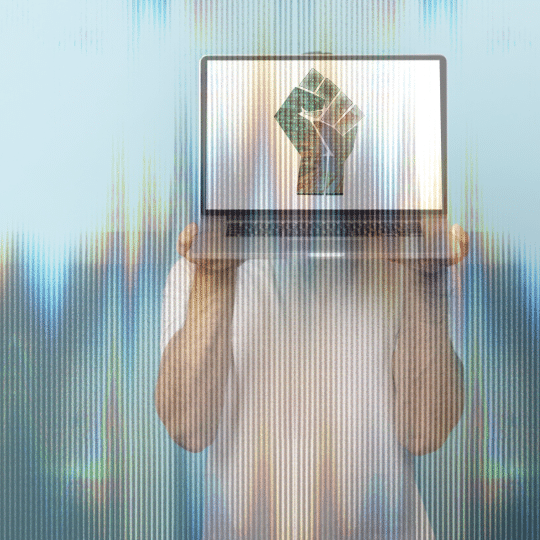Freedom of expression has always been central to literature. Writers, poets, and journalists give form to experiences that might otherwise remain hidden. Yet in many parts of the world today, digital technologies are not only tools for creativity but also instruments of control. Firewalls, shutdowns, and surveillance do not simply restrict political debate — they silence stories, cut off readers from writers, and attempt to erase archives of cultural memory. By examining how people adapt and find ways to communicate despite these barriers, we also shed light on how literature survives under repression, and why defending digital freedom is inseparable from defending the freedom to write.
The global expansion of digital control systems has prompted equally innovative forms of resistance. While governments deploy firewalls, shutdowns, and surveillance technologies, citizens have shown a remarkable capacity to adapt. Examining these strategies not only documents resilience but also provides insight into the dynamic relationship between control and circumvention.
Linguistic Adaptation
One of the most widely observed practices is the modification of language to evade automated filters. In China, researchers at Citizen Lab have documented how messages containing sensitive terms on platforms such as WeChat can disappear from group chats without notification. In response, users employ homophones, intentional misspellings, or coded slang to preserve communication. This process produces a constantly evolving lexicon, with creative terms often spreading virally before being suppressed in turn.
Visual Tactics
Resistance also operates in the visual domain. In Iran, movements such as My Stealthy Freedom have relied on self-representation: women share images of themselves without compulsory hijab, creating a collective visual archive of dissent. Other strategies include embedding text inside images, flipping or mirroring content, and altering visual patterns to mislead automated recognition systems. These techniques exploit the gap between human perception and machine detection.
Infrastructural Workarounds
When entire regions are disconnected from the internet, alternative infrastructures emerge. During shutdowns, citizens have resorted to mesh networking—using Bluetooth or Wi-Fi relays to pass information—or “sneakernet” practices, where material is transferred by physical media such as USB drives. Diaspora communities play a parallel role, re-uploading or mirroring censored material abroad to preserve visibility and continuity.
The Dynamics of Evasion
These techniques highlight a fundamental dynamic: repression and circumvention evolve together. Each time authorities refine their mechanisms—whether through keyword lists, computer vision, or legal coercion—citizens devise temporary methods of evasion. The cycle is rarely static; instead, it reflects an ongoing negotiation between those who seek to silence and those who insist on expression.
Documenting Experience
The forthcoming anthology Digital Repression will assemble first-hand accounts from writers, journalists, and activists with lived experience of these dynamics. Each chapter pairs personal testimony with a plain-language explanation of the tool or tactic involved, offering both empirical insight and conceptual clarity.
By situating these accounts in a broader comparative frame, the project contributes to a growing body of scholarship on digital repression and civic adaptation. It underscores that, despite the sophistication of surveillance and censorship, the human capacity for creativity and resistance remains irreducible.

